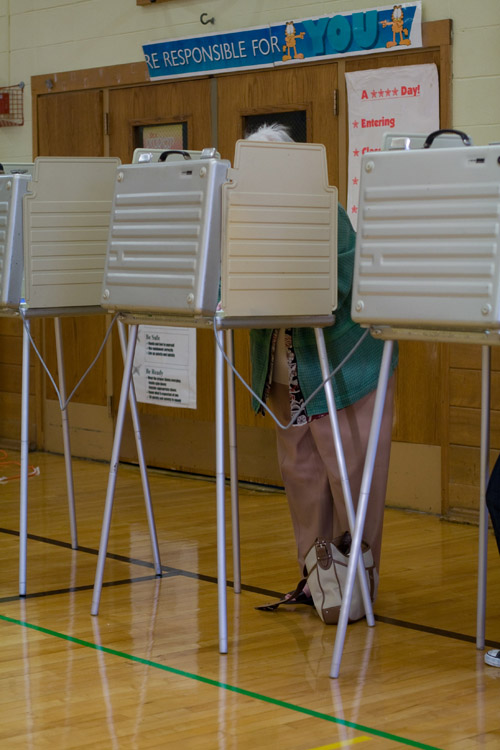| << Chapter < Page | Chapter >> Page > |

In the early 1900s, sociologist Edwin Sutherland sought to understand how deviant behavior developed among people. Since criminology was a young field, he drew on other aspects of sociology including social interactions and group learning (Laub 2006). His conclusions established differential association theory , stating that individuals learn deviant behavior from those close to them who provide models of and opportunities for deviance. According to Sutherland, deviance is less a personal choice and more a result of differential socialization processes. A tween whose friends are sexually active is more likely to view sexual activity as acceptable.
Sutherland’s theory may account for why crime is multigenerational. A longitudinal study beginning in the 1960s found that the best predictor of antisocial and criminal behavior in children was whether their parents had been convicted of a crime (Todd and Jury 1996). Children who were younger than 10 when their parents were convicted were more likely than other children to engage in spousal abuse and criminal behavior by their early thirties. Even when taking socioeconomic factors such as dangerous neighborhoods, poor school systems, and overcrowded housing into consideration, researchers found that parents were the main influence on the behavior of their offspring (Todd and Jury 1996).
Continuing with an examination of large social factors, control theory states that social control is directly affected by the strength of social bonds and that deviance results from a feeling of disconnection from society. Individuals who believe they are a part of society are less likely to commit crimes against it.
Travis Hirschi (1969) identified four types of social bonds that connect people to society:
The three major sociological paradigms offer different explanations for the motivation behind deviance and crime. Functionalists point out that deviance is a social necessity since it reinforces norms by reminding people of the consequences of violating them. Violating norms can open society’s eyes to injustice in the system. Conflict theorists argue that crime stems from a system of inequality that keeps those with power at the top and those without power at the bottom. Symbolic interactionists focus attention on the socially constructed nature of the labels related to deviance. Crime and deviance are learned from the environment and enforced or discouraged by those around us.

Notification Switch
Would you like to follow the 'Introduction to sociology' conversation and receive update notifications?